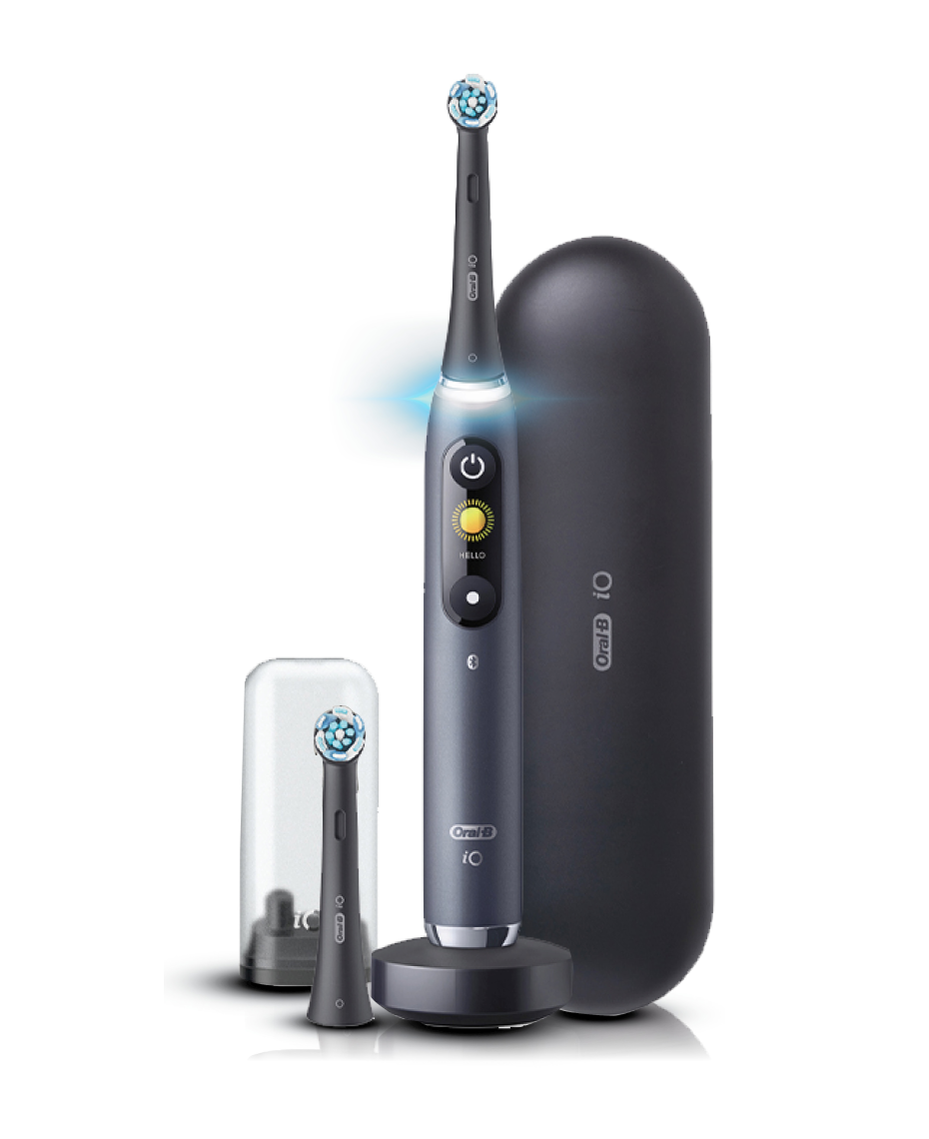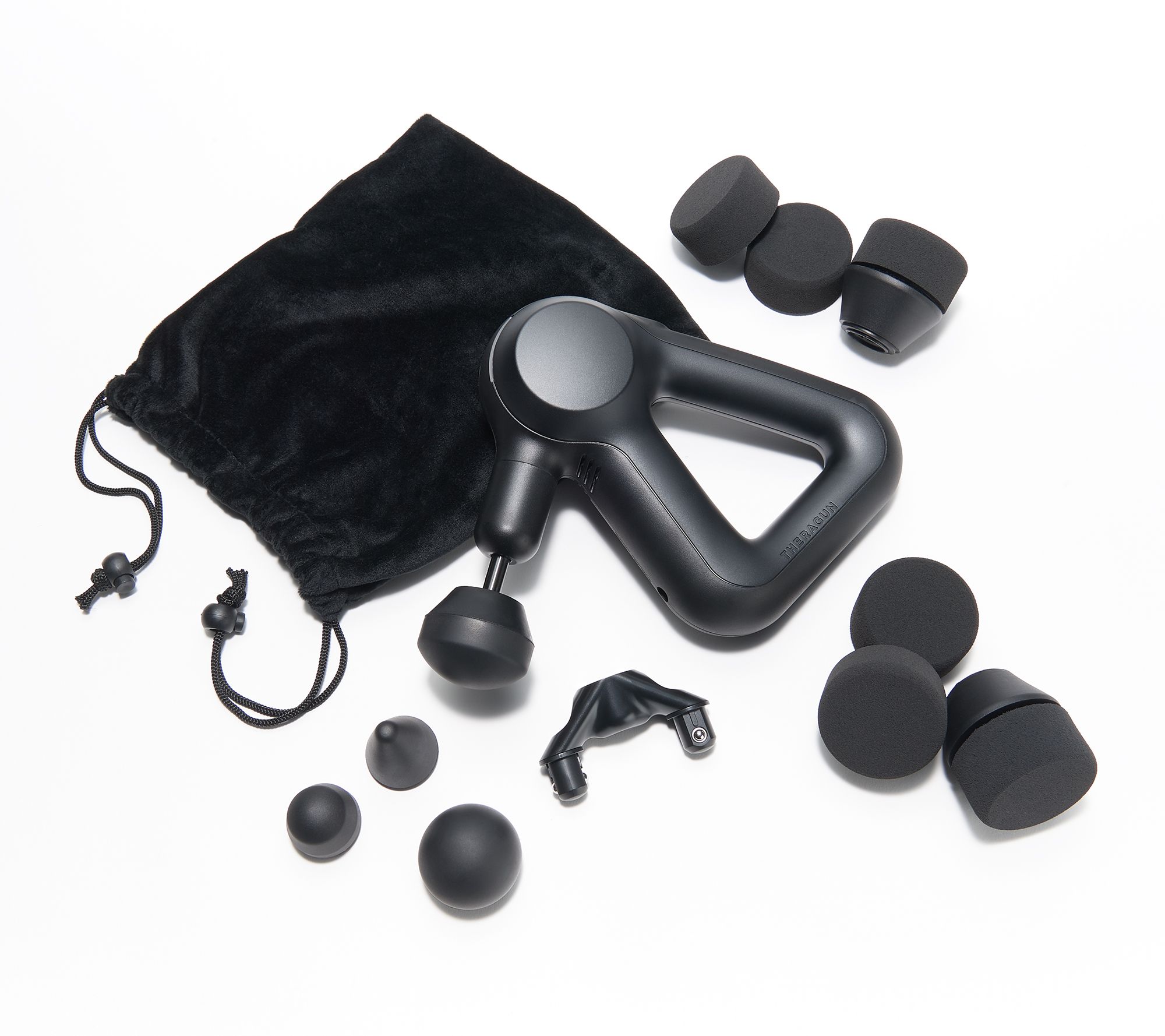Oral-B iO9 Electric Toothbrush with Travel Case | Shaver Shop
Meet Oral-B’s best toothbrush yet – the Oral-B iO 9 Series Electric Toothbrush. Using 3D Tracking and A.I. Recognition, it’s designed to guide you to your best ever clean.
Meet Oral-B’s best toothbrush yet – the Oral-B iO 9 Series Electric Toothbrush. Using 3D Tracking and A.I. Recognition, it’s designed to guide you to your best ever clean.
-
- A.I. Recognition with 3D Tracking monitors your brushing across the front, top and back surfaces of your teeth. Therefore, it maps the surface of each tooth to ensure a complete clean.
- Artificial Intelligence allows you to connect to the Oral-B app using Bluetooth for real-time coaching to improve your brushing habits.
- 7 smart modes to personalise your brushing: Daily Clean, Sensitive, Gum Care, Intense Clean, Whitening, Tongue Cleaner and Super Sensitive.
- Interactive colour display signals vital information: Including brushing modes and head replacement reminder, greets you as you power up and gives you a smile for a job well done.
- Combines the unique round brush head from Oral-B with gentle micro-vibrations for 100% healthier gums in one week.
- Smart Pressure Sensor turns red when brushing too hard and green which brushing just right to help keep gums protected.
- A 2-minute quadrant timer comes built-in that pulsates every 30 seconds, ensuring a complete clean.
- Includes handle, 2 x brush heads, travel refill holder, charging travel case and a quick-charge magnetic charger station.
Do not use on children under age 3. Replace brush (head) every 3 months or sooner if brush head becomes worn.






by Rachel
Was the best ever shipping service I have ever seen. Ordered at 11am and had it at 18:00 that same day. still not sure how they achieved that but Well done everyone
by James
Hi i just want tosay i love this tooth brush its amazing um had nothing like it bester than old one.
by Steve
This is a great electric toothbrush. It has a different action than previous Oral b toothbrushes. Great interface with Bluetooth and the brush head screen. It is quite expensive as are the brush heads.